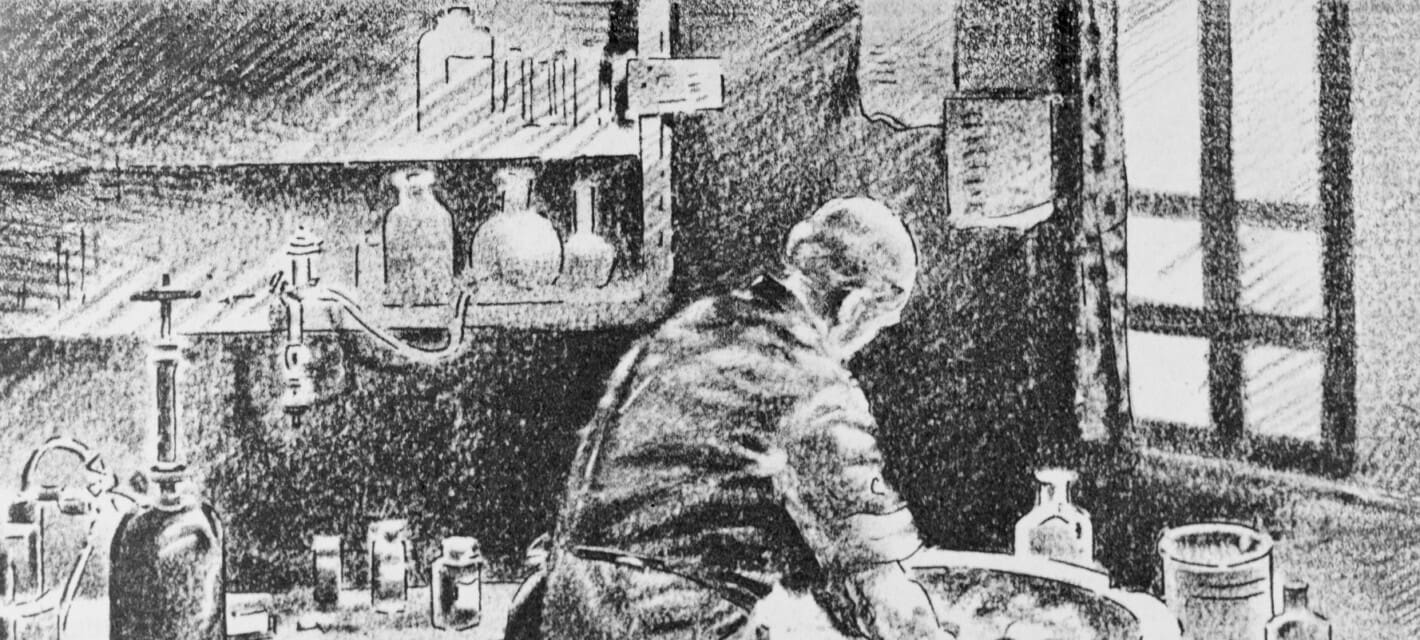Ingratitude has been the reward of many who saved the day and changed the world. Take the woman who played a key role in the discovery of DNA’s structure, only to be forgotten by history and die young in obscurity. Or take the doctor who revolutionized medicine with the discovery of the link between uncleanliness and the transmission of diseases. He was loathed by his profession, and died in a mental asylum. Below are twenty five things about those and other instances of ingratitude suffered by historic figures who deserved better.
A Doctor Who Revolutionized Medicine, and Was Hated for It

Until the mid-nineteenth century, countless women who had recently given birth or miscarried in hospitals died of childbed or puerperal fever, which targets the female reproductive organs. The mortality rates were as high as 30%. Then in 1846, Hungarian doctor Ignaz Semmelweis (1818 – 1865) revolutionized medicine when he discovered the cause. Doctors had routinely performed autopsies, then went straight to the maternity ward to deliver babies without washing their hands. Requiring doctors to wash their hands drastically cut down mortality rates from 30% to 2%.

That made Semmelweis the father of modern antisepsis – the use of antimicrobial substances to reduce infections. Rather than praise for his discovery, Semmelweis was met with ingratitude. He was hated by his colleagues, who were offended by his implication that they were killing patients with their dirty hands.
The result was an increasingly toxic workplace, and Semmelweis was fired. He eventually had a nervous breakdown in 1865, and his colleagues added salt to the injury of their ingratitude by promptly committing him to a mental asylum. There, he was beaten by guards, and suffered a wound that turned gangrenous and killed him.

